
|
|
|
|
|
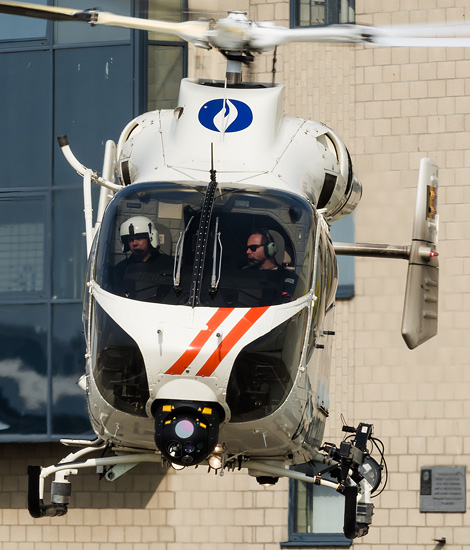
|
The Police Air Support Detachment; Brussel-Melsbroek, May 12, 2016
The Federal Police Service; Text and Photograph's by Alex van Noye
The Air Support Department of the Belgian federal police offers federal and local police specialist support from the air. The police on the ground can work more efficiently with this support. The planes and helicopters from these specialized police units are stationed at the airport of Brussels at the military compound.
Everyone in Belgium recognizes the white helicopters of the Belgian Federal Police. The helicopters are part of the Air Support Detachment of the Federal Police. The Federal Police has three general directorates, namely; the General Directorate of Administrative Police, the Federal Judicial Police and the General Directorate of Support and Management. At the head of the Federal Police is the Commissioner General. The commander of the general management of the police force is supported by three general directorates. Among these departments are a number of special units such as the Forensic Laboratory, the Provincial Traffic Units, the General Reserve and the Air Support Detachment. The Air Support Detachment is stationed in Brussels on the military part (Melsbroek) of Zaventem Airport. The unit is stationed in a large hangar next to the transport fleet of the 15 Wing of the Belgian Air Component. The helicopters and aircraft of the Air Support Detachment can be deployed in support of the Federal Police and the Local Police in Belgium. In most cases, the local police forces will request the deployment of the helicopters. The Air Support Detachment is not a unit which will perform policing itself. The requests for air support will be assessed by the national coordinator, because the Air Support Detachment of the police is only a small unit. There are many situations where the helicopters can be deployed during the daily work. The national coordinator ensures that the units will be used efficiently.
The Air Support Unit is specialized in collecting information to support the units on the ground. One of the main tasks in which the observation helicopters will be deployed are; during chaotic situations during congestion, collisions, plane crashes and mass gatherings such as festivals and sporting events. Apart from this, the unit can also be used to detect missing or wanted persons and finding lost or stolen items. The third task of the Air Support Unit is to provide support for chases by police units on the
|
|
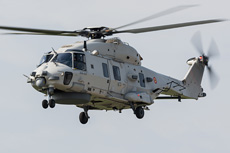
|
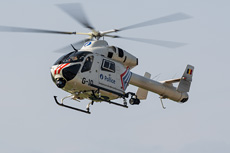
|

|
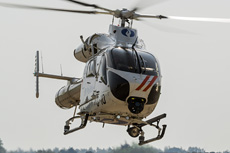
|
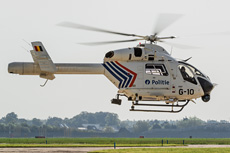
|
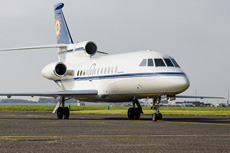
|
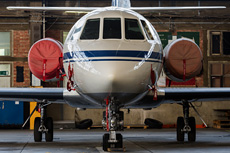
|
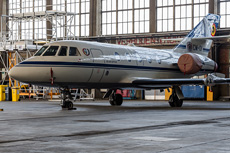
|
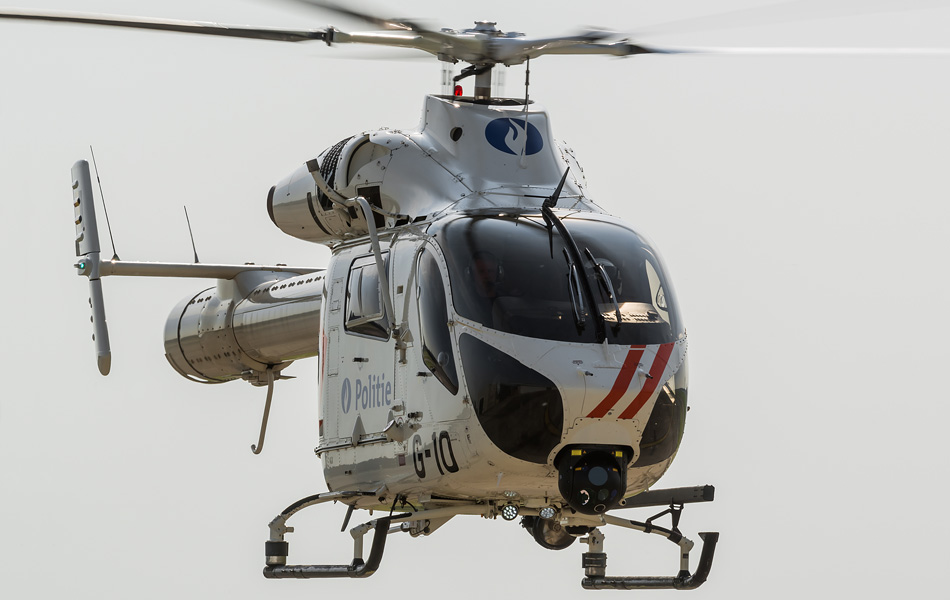
|
ground. The airborne unit is able to follow fleeing cars simple and safe. With the information collected in the air the units on the ground can force the car or suspect to stop to be arrested. The fourth task of the unit is locating and identifying burglary at companies and to detect illegal discharges and dumping of waste and identify illegal drugs laboratories. The Air Support Detachment can be used for protecting important persons or goods which are carried such as cash transports on the ground. A task of a different caliber is providing support for specialized interventions by anti-terror units and special squads of the police. The helicopters can be used to deposit these specialized units at specific locations such as on the roofs of buildings. The last task of the Air Support Unit is to support the nation. This task includes providing air support to national disasters such as forest fires and floods.
The Air Support Detachment of the Federal Police was established in 1953 in cooperation with units of the Light Aviation of the Army. Over the years, various types were used like the Allouette II, the SA330 Puma and the Britten Norman Islander for the policing mission. From 1993, the Air Support Detachment is an integral part of the Gendarmerie. The unit was from that moment stationed on its current location at Brussels Zaventem Airport. During this transformation the Cessna Ce182Q observation aircraft with the registration G-01 was purchased. Later there were also three Cessna Ce182R observation aircraft purchased with the registration G-02, G-03 and G-04. The Cessna can only be used for visual observations from the air. The aircraft has in contrast to the helicopters no advanced sensors on board. In 2003 two officers of the Air Support Detachment died in a crash with the G-03. During the landing the aircraft slipped away from the runway and the pilots were killed. The MD900 entered service at the Air Support Detachment for the first time in 1997; this helicopter is registered as the G-10. The MD900 is a notar helicopter, which means that the helicopter has no tail rotor. It is also the first helicopter within the Air Support Detachment which is equipped with an advanced camera system. During the Euro 2000 football tournament, the added value of this helicopter was demonstrated during deployment around the football matches. Later it was quickly decided to purchase another two of those helicopters which were registered as the G-11 and the G12.
The MD900 proved to be an extremely important helicopter for Air Support Detachment. In 2010 it was decided to purchase a fourth helicopter of the type MD902; this helicopter was registered as the G-16. The fourth helicopter has in contrast to the other helicopters not a white color scheme, but black layout. The other three helicopters G-10, G-11 and G-12 received after the purchase of the fourth helicopter an extended Mid Life Update. The helicopters are capable to winch people; therefore they can be used for special operations and rescue missions. The last two helicopters which are in service with the Air Support Detachment of the police are the two MD520N helicopters. These two helicopters were purchased in 1999 to replace the outdated Allouette II. The MD520N is like the MD900 also a notar helicopter. The aircraft is a lot smaller compared with the MD900. The MD520 is the notar version of the famous Hughes 500 Defender which is used by various armed forces around the world; this helicopter is also known as the OT-6 Cayuse. The big advantage of notar helicopters is the fact that they are very quiet making them ideal for deployment by the police. In addition, the helicopters also produce less noise over urban areas during the police actions. At the end of 2015, the Air Support Detachment started to use the first police drones. Two pilots were trained to use these drones to support policing. The aircraft will mainly be used for photo reconnaissance and for the search for missing persons. The police is with the current fleet ready for police deployments in the future.
|
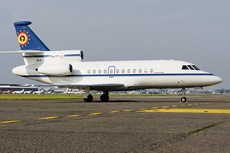
|
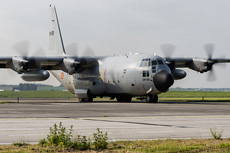
|
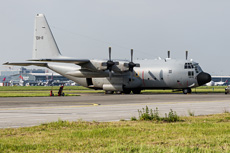
|
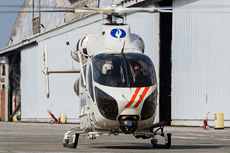
|
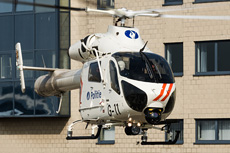
|
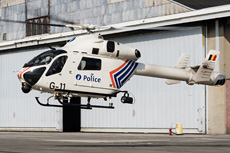
|
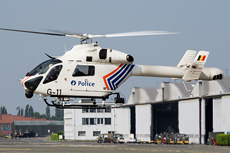
|

|
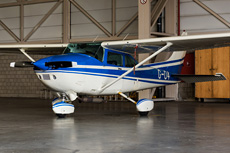
|
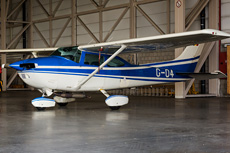
|
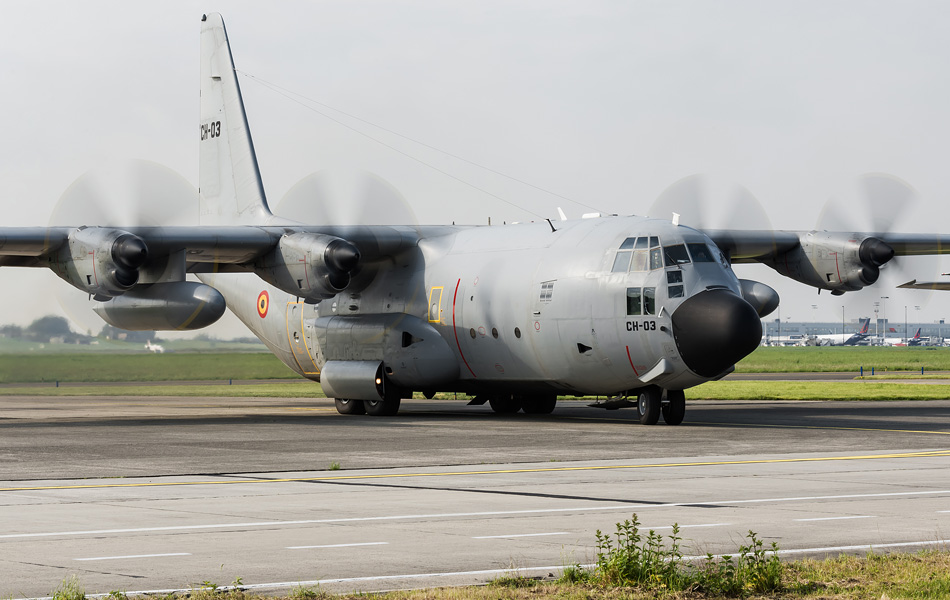
|
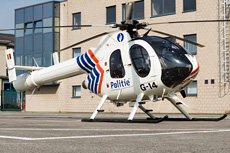
|
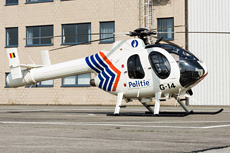
|
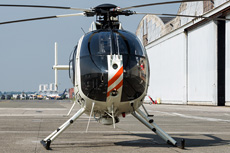
|
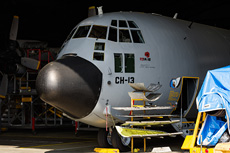
|
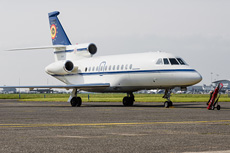
|

|
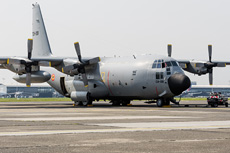
|
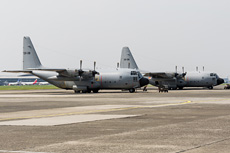
|
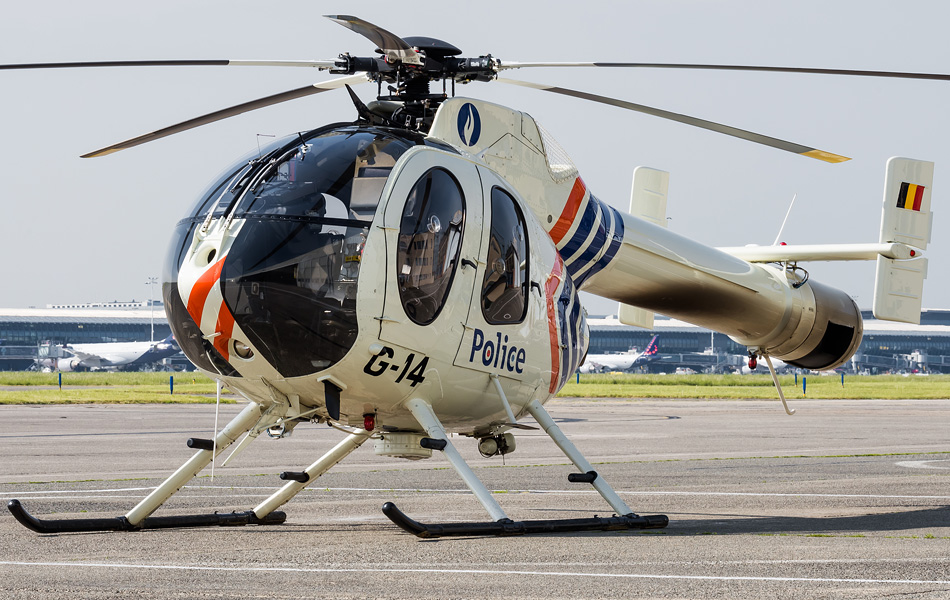
|
|
|

|







